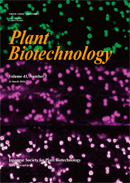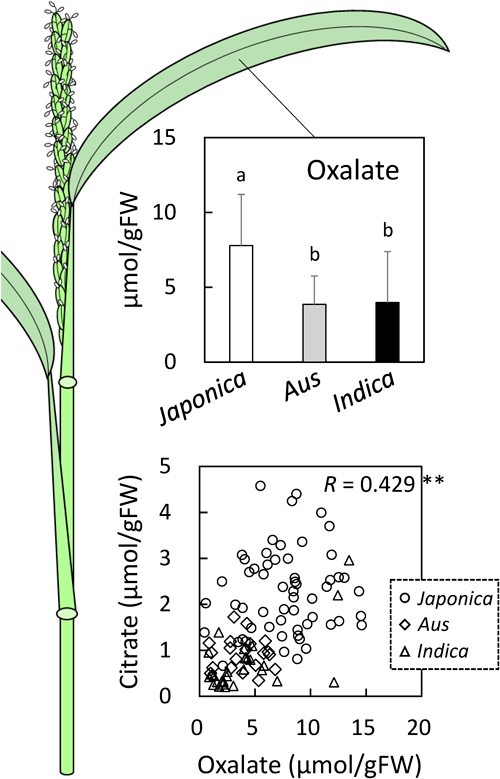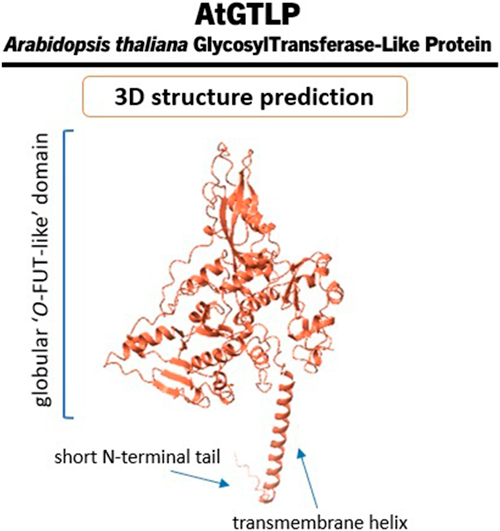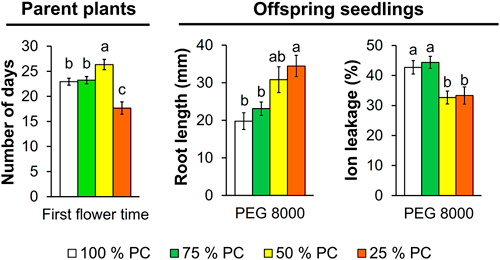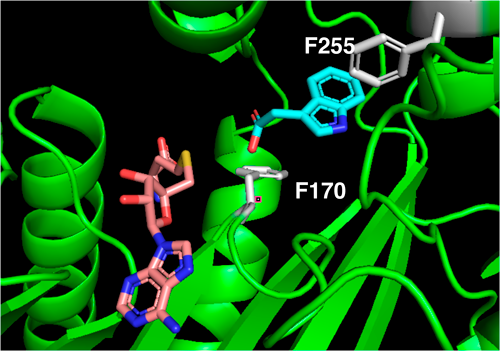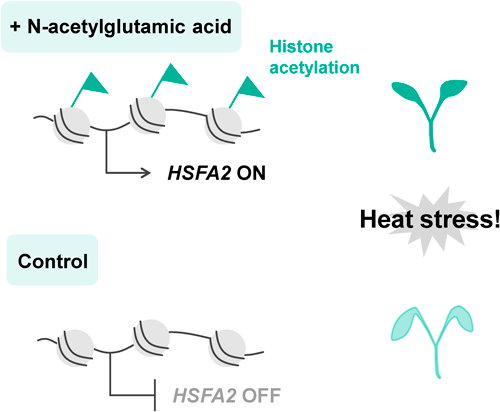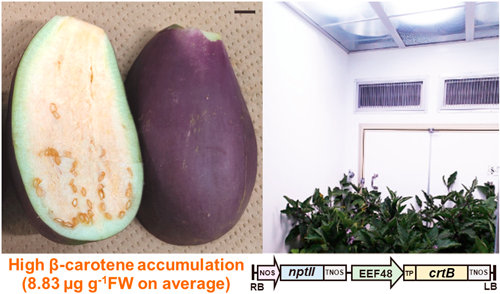Current issue
Displaying 1-11 of 11 articles from this issue
- |<
- <
- 1
- >
- >|
Original Papers
-
2024 Volume 41 Issue 1 Pages 1-7
Published: March 25, 2024
Released on J-STAGE: March 25, 2024
Advance online publication: February 26, 2024Download PDF (670K) -
2024 Volume 41 Issue 1 Pages 9-18
Published: March 25, 2024
Released on J-STAGE: March 25, 2024
Advance online publication: February 26, 2024Download PDF (3407K) -
2024 Volume 41 Issue 1 Pages 19-25
Published: March 25, 2024
Released on J-STAGE: March 25, 2024
Advance online publication: February 16, 2024Download PDF (2365K) -
2024 Volume 41 Issue 1 Pages 27-34
Published: March 25, 2024
Released on J-STAGE: March 25, 2024
Advance online publication: February 22, 2024Download PDF (798K) -
2024 Volume 41 Issue 1 Pages 35-44
Published: March 25, 2024
Released on J-STAGE: March 25, 2024
Advance online publication: March 20, 2024Download PDF (7663K) -
2024 Volume 41 Issue 1 Pages 45-51
Published: March 25, 2024
Released on J-STAGE: March 25, 2024
Advance online publication: March 19, 2024Download PDF (1793K) -
2024 Volume 41 Issue 1 Pages 53-63
Published: March 25, 2024
Released on J-STAGE: March 25, 2024
Advance online publication: March 18, 2024Download PDF (3017K) -
2024 Volume 41 Issue 1 Pages 65-70
Published: March 25, 2024
Released on J-STAGE: March 25, 2024
Advance online publication: March 01, 2024Download PDF (1360K)
Short Communication
-
2024 Volume 41 Issue 1 Pages 71-76
Published: March 25, 2024
Released on J-STAGE: March 25, 2024
Advance online publication: March 14, 2024Download PDF (2085K)
Notes
-
2024 Volume 41 Issue 1 Pages 77-81
Published: March 25, 2024
Released on J-STAGE: March 25, 2024
Advance online publication: February 22, 2024Download PDF (2390K) -
2024 Volume 41 Issue 1 Pages 83-87
Published: March 25, 2024
Released on J-STAGE: March 25, 2024
Advance online publication: March 14, 2024Download PDF (292K)
- |<
- <
- 1
- >
- >|
